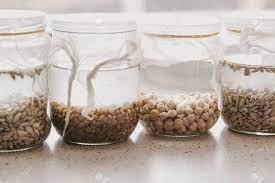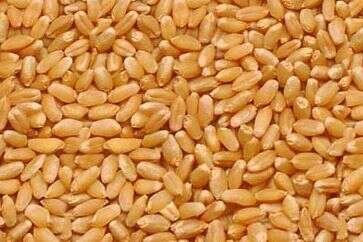Moisture can be damaging to seeds by causing them to germinate prematurely, rot or become susceptible to fungal and bacterial infections. To save your seeds from moisture, follow these steps:
- Dry the seeds thoroughly: Before storing seeds, dry them thoroughly in a warm, dry place to remove any moisture. Spread the seeds out in a single layer on a clean, dry surface and let them air-dry completely. Make sure they are completely dry before storing them.
- Use airtight containers: Place the seeds in airtight containers such as glass jars, plastic bags, or metal cans with tight-fitting lids. Make sure the containers are clean and dry before adding the seeds. You can also use vacuum-sealed bags or moisture-proof containers.
- Add a desiccant: A desiccant is a material that absorbs moisture from the surrounding air, keeping the seeds dry. You can add a desiccant such as silica gel, rice, or dry powdered milk to the seed storage container to absorb any remaining moisture. Wrap the desiccant in a small piece of cloth or paper to avoid direct contact with the seeds.
- Store the seeds in a cool, dry place: Store the seed containers in a cool, dry place such as a pantry or a refrigerator. The ideal temperature range for seed storage is between 32°F (0°C) and 41°F (5°C), but avoid freezing temperatures. Also, avoid storing seeds in areas with high humidity, such as a damp basement or a bathroom.
By following these steps, you can help ensure that your seeds remain dry and viable for planting or future use.
- Cricket Batting Tips
- Cricket Run Rate
- Cricket Bating Tips
- Get Ready For Non-stop Entertainment With Gamdom's Casino Games
- Get Ready For Non-stop Entertainment With Gamdom's Online Casino Games
- Betln Exchange
- Betline Exchange
- Game Exchange 567
- Diamond Exchange 9
- Sky Exchange Id
- Cricket News Today In Hindi
- Cricket Name In Hindi
- Hindi Cricket News
- Cricket News In Hindi Today
- Cricket Essay In Hindi



